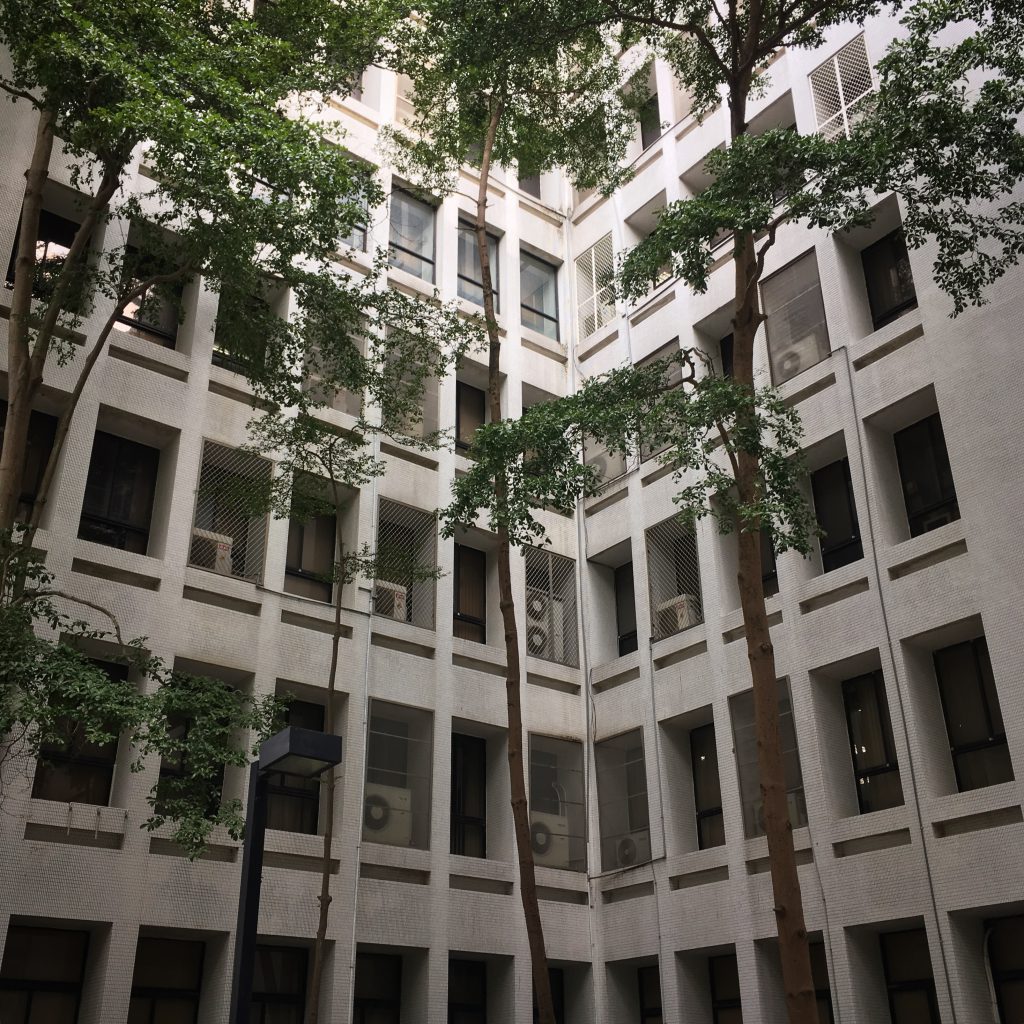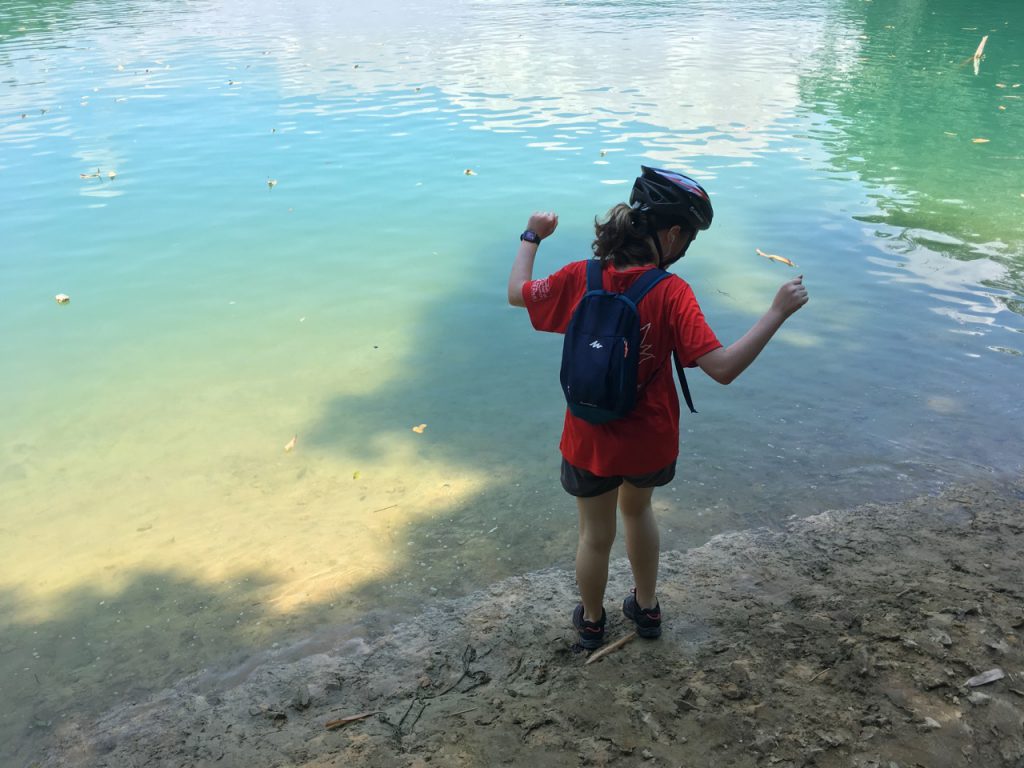I wouldn’t go as far as to say that running has been life changing for me, I run as much for my mind as my body, but at 50 it has helped me get fit and be in good general health, perhaps more so than and other time in the past. I’m bounding up stairs while people half my age are groaning in agony.
Running is a great way to establish a daily routine, enforce discipline, overcome a bit of hardship, clear my mind and if the distance is just right, usually around 10k, a great chance to practice the kind of thinking I need to do good work. For 45m – an hour you can focus on 1 – 2 problems and almost always have a solution of some sort.
But as easy an activity that it appears, I seem to struggle more than many.
I’ve only been running for a few years and during that time have participated in numerous 10 – 21k races and 4 marathons. My times are always slow, but there has been steady improvement. Unfortunately, with each year brings a new injury to overcome. Like music or any discipline worth pursuing, accomplishment requires more than just putting in the time, it requires smart practice, and I guess I haven’t been smart enough.
My first injury was when I first started running (I had tried the coach to 5K earlier but didn’t stick with it past it’s completion). I prepared before each session by stretching and warming up, and my mileage wasn’t comparatively that much. One day after a particularly beautiful run through the PEI countryside I suffered a sharp pain in my back. All I could do was lay on the floor, sitting or standing was excruciating. Unfortunately I had a flight to Taiwan the next day – the most painful flight of my life. This began my education of how the muscles are connected through-out your body and the balancing act between strengthening your muscles and over-use. I was out for a few months, not because of my back but due to my glutes.
Another injury was in preparation for a marathon. My feet were painfully sore around my ankles which resulted in a pause in my training. During the race my legs were naturally sore but my feet were in such pain that when I crossed the finish line I needed a few minutes to compose myself, lest I cry in front of my son. I adjusted my training and tried new shoes, Hoka Clifton 3’s.
No major problems developed while I was training in China for the Xiamen marathon. I didn’t work on speed but mostly spent my time working on endurance and some hill repeats. I also made the occasional trip to the company health center to do some strength training. A company sponsored 10K showed some improvement but my left foot complained and I rested for a period. I ran the Xiamen marathon, slowly, but a new problem reemerged. While running in a marathon in Miaoli I suffered from severe dehydration brought on by excessive sweating. I hadn’t trained or run before in such high temperatures. I was close then to having severe problems but managed to crawl across the finish line. At Xiamen, water intake was a constant problem with dehydration and frequent toilet breaks an issue. My feet were problematic too.
I trained over the winter in PEI for a marathon in Thailand in June. I frequented the gym and other than the freezing cold suffered no real issues – but did start to notice some stiffness in my left leg below the knee. I had to cancel the run but I thought perhaps my problems were behind me.
This summer I began my training for a marathon in October anew. My mileage was to be the same but with a more gradual build and a longer run before the taper. I also incorporated more rigorous tempo runs for the first time. Gone also were the cushy Hoka and Saucony’s that I had worn out, and in were the more responsive Salomon’s. Immediately I had problems. The heat was killing me. I was suffering excessive sweating to the extreme. My sneakers were literally filling up with sweat and I looked more like I was out swimming than running. Over than being embarrassing it was affecting my performance. Some days I would lose 3 kilo’s in water weight and I wasn’t yet running more than 21k. I eventually tuned my hydration strategy and ended up carrying 3L of water on my back for long runs. But that stiffness on my left side persisted and with a visit to a physiotherapist discovered a number of issues including that my right side was far weaker than my left. Before I could start the new exercise regime in earnest, and after a long mid-week run I developed pain in my right foot. It has been severe enough that I haven’t run in 4 days, an eternity for me, and my initial arm chair diagnosis reveals that it’s likely a mild form of plantar fasciitis.
These kind of setbacks are common for many runners, though usually they are far more serious runners than I. Running started out as an easy quick way to get out the door and get some exercise. Get up, put on your shoes, stretch, warm-up and go. Now it requires a far greater commitment to total body fitness than I ever imagined. Where we live is a bit of a dead zone for organized fitness classes, trainers and such (Hsinchu is devoid of any quick transportation options). So this is going to require a bit more discipline and commitment on my part.







